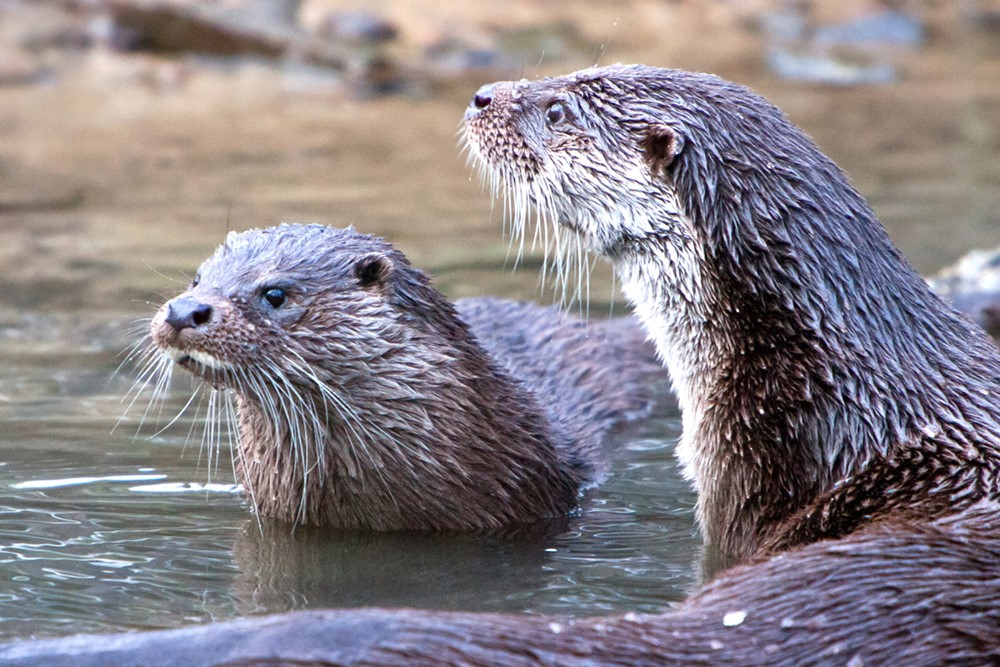Eurasian Otter
16-03-2023
1 min read

Overview:
Three Eurasian Otters were recently spotted in the Neeru stream of the Chenab catchment in Jammu and Kashmir.
About Eurasian Otter:
- It is a semi-aquatic carnivorous mammal.
- Scientific Name: Lutra lutra
- Distribution:
- It has one of the widest distributions of all Palaearctic mammals.
- Its range covers parts of three continents: Europe, Asia, and Africa.
- In India, it occurs in northern, northeast, and southern India.
- Habitat:
- It lives in a wide variety of aquatic habitats, including highland and lowland lakes, rivers, streams, marshes, swamp forests, and coastal areas.
- In the Indian sub-continent, Eurasian otters occur in cold hill and mountain streams.
- Features:
- It has a long lithe body with a thick tail and short legs.
- It has sensitive whiskers around the snout to help detect prey.
- It has two layers of fur: a thick waterproof outer one and a warm inner one with 50,000 hairs/cm 2
- It has an acute sense of sight, smell, and hearing.
- Conservation Status:
- IUCN: Near threatened
- Wildlife Protection Act, 1972: Schedule II
- CITES: Appendix I

Q1) Which are the main tributaries of Chenab river?
The main tributaries in its passage upto Kishtwar are the Thirot, the Sohal, the Bhut nallah, the Liddrari and the Marusudar. The Marusudar is the biggest tributary of the Chenab and meets the Chenab at Bhandalkot. Between Kishtwar and Akhnoor, it receives the waters of the Kalnai, the Neeru, the Raghi, the Bichleri and the Ans. The Tawi and Manawar Tawi join Chenab in Pakistan.
